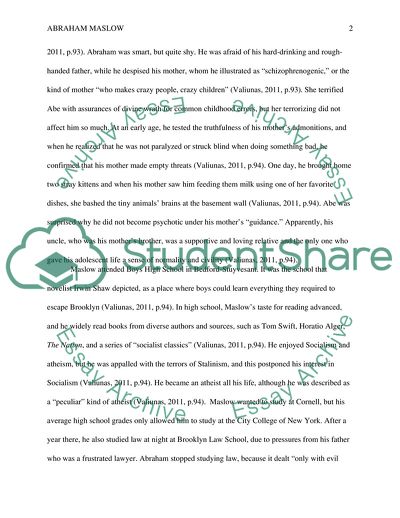Cite this document
(Abraham Maslow and Theory on Human Development Report, n.d.)
Abraham Maslow and Theory on Human Development Report. https://studentshare.org/psychology/1771897-abraham-maslow
Abraham Maslow and Theory on Human Development Report. https://studentshare.org/psychology/1771897-abraham-maslow
(Abraham Maslow and Theory on Human Development Report)
Abraham Maslow and Theory on Human Development Report. https://studentshare.org/psychology/1771897-abraham-maslow.
Abraham Maslow and Theory on Human Development Report. https://studentshare.org/psychology/1771897-abraham-maslow.
“Abraham Maslow and Theory on Human Development Report”. https://studentshare.org/psychology/1771897-abraham-maslow.


